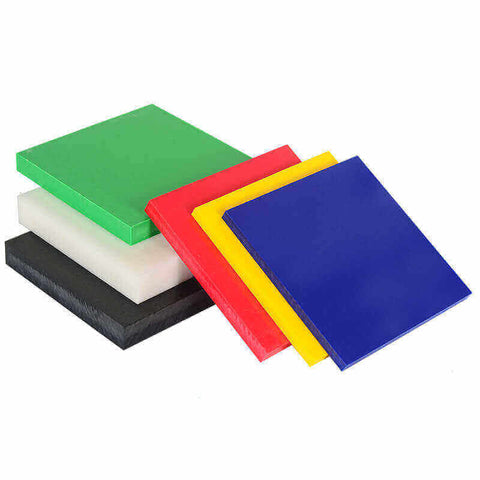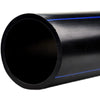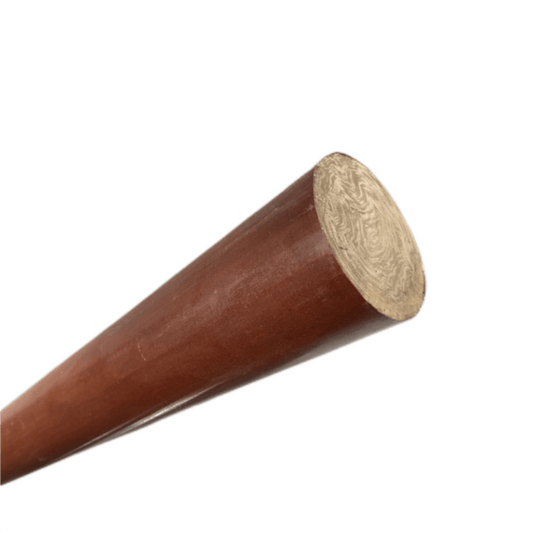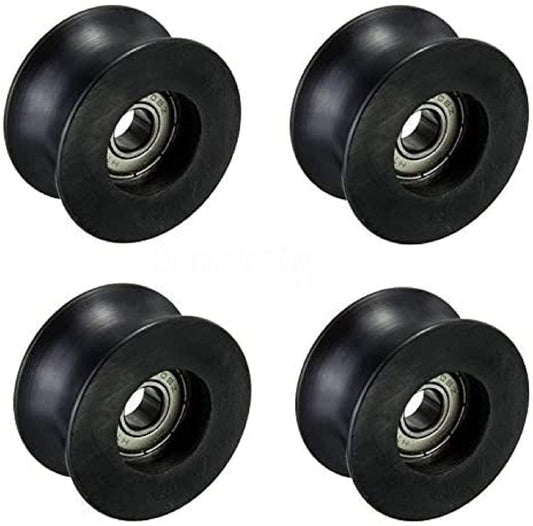POM plastic, also known as polyoxymethylene or acetal plastic, has become an indispensable material across various industries. With its unique combination of mechanical properties, POM plastic fulfills a variety of engineering needs that other plastics cannot. Companies constantly seek out POM plastic parts for applications that demand high strength, excellent flexibility and good dimensional stability. However, many remain unaware of what gives POM these advantageous mechanical properties.
This article will provide a deep dive into the mechanical strength, flexibility and hardness of POM plastic. We will explore how these properties make POM suitable for auto parts, machinery components, consumer products and more. By understanding the measures like tensile strength, impact resistance and Rockwell hardness that define POM’s mechanical capabilities, one can better leverage its potential.

What is POM Plastic?
POM or polyoxymethylene plastic is an engineering thermoplastic known for its lightweight strength, stiffness and stability. POM plastic is also called acetal plastic due to its polymer backbone structure. Chemically, it is called polyoxymethylene due to the repeating formaldehyde units in its main chain.
POM plastics are synthesized by polymerizing formaldehyde using anionic or cationic processes. The polymers form linear chains giving POM excellent crystallinity. POM plastic parts can be easily molded into gears, pulleys, cams and other mechanical parts with tight tolerances.
Common brand names for POM plastic include Delrin, Celcon, Hostaform and many more. POM plastic is heavily used in precision parts for automobiles and machinery as well as consumer products and electrical components. It provides an ideal balance of mechanical, thermal and electrical properties.

The Mechanical Properties of Plastic - A General Overview
The mechanical properties of plastics define their performance under forces or loads. These help determine the suitability of a plastic for different applications. Some key mechanical properties considered are:
- Tensile strength - the ability of plastic to resist breaking under tensile stress. High tensile strength is desired for parts like ropes, fishing lines, etc.
- Flexural strength - resistance to breakage by bending forces. Important for applications like pipes, tubing, etc.
- Compressive strength - the ability to withstand loads tending to reduce size. Crucial for parts like washing machine drums, plastic bottles, etc.
- Impact strength - the capacity to resist applied force and absorb shock without fracturing. Vital for applications that can experience sudden impacts.
- Hardness - the resistance to surface indentation and abrasion. Required for products like plastic gears that interface with metal parts.
Understanding the key mechanical properties of plastic helps match the right material with the right application. Now let's focus on the specific mechanical capabilities of POM plastic.

POM Plastic Mechanical Properties - The Heart of the Matter
POM plastic possesses a unique combination of high strength, excellent flexibility and good hardness. This gives POM mechanical properties suited for a wide range of uses.
Strength
POM plastic exhibits high tensile strength, rated between 55 to 80 megapascals. This implies POM can withstand significant pulling or lengthening forces without fracturing. The flexural strength of POM plastic ranges from 80 to 110 megapascals, meaning it resists breaking under bending stress.
POM also has good compressive strength between 140-180 megapascals, allowing it to perform under heavy loads without buckling. The excellent strength properties enable POM usage in load-bearing auto parts, conveying machine rollers, and high-stress consumer products.
Flexibility
Despite its strength, POM remains a highly flexible material. It has good impact strength, allowing POM plastic parts to absorb shocks and impacts without shattering. This high impact resistance makes POM suitable for products prone to sudden forces or drops.
POM also demonstrates good flexural fatigue strength. This means POM plastic can bend repeatedly without loss of mechanical performance. The flexibility empowers POM's usage in items like toothbrushes, sporting goods and others involving repetitive flexion.
Hardness
POM plastics offer a Rockwell hardness between M85 and M100, providing good scratch and wear resistance. This allows POM parts to retain dimensional stability when interfacing with metals. The hardness makes POM useful for small gear wheels, lock components and bearings for machinery.
Overall, the balanced strength, flexibility and hardness of POM plastic make it suitable for the most demanding mechanical and engineering applications.

Testing the Mechanical Properties
To determine if POM plastic meets design requirements, manufacturers and quality control teams perform various material tests. Some common methods for testing POM plastic's mechanical properties include:
- Tensile testing - POM plastic samples are stretched till failure to measure ultimate tensile strength, yield strength, elongation and elastic modulus.
- Flexural testing - Bending forces are applied to POM samples till failure to determine flexural strength and modulus.
- Izod impact testing - A swinging pendulum strikes notched POM specimens to determine impact strength in high-strain situations.
- Charpy impact testing - POM samples are impacted by a hammer on an arm to gauge impact resistance.
- Hardness testing - Indenters of specific dimensions are pushed into the POM material under controlled conditions to evaluate hardness. Rockwell and Brinell hardness tests are commonly used.
These standard tests for How to test POM plastic mechanical properties generate key performance data to help engineers select the right POM plastic grade for their needs.
Factors Influencing POM's Mechanical Properties
POM plastic's mechanical properties are influenced by multiple intrinsic and external variables. Some key factors that affect POM's strength, flexibility and hardness include:
- Molecular weight - Higher molecular weight POM tends to demonstrate greater strength and hardness.
- Crystallinity - More crystalline POM plastic has improved mechanical properties. Crystallinity is increased by annealing POM.
- Fillers - Reinforcements like glass fibers or carbon fibers enhance POM's strength significantly.
- Plasticizers - Plasticizers are added to improve flexibility but may reduce hardness.
- Temperature - POM plastic becomes more ductile but loses strength at higher temperatures.
- UV radiation - Prolonged UV exposure degrades POM, reducing mechanical performance.
- Stress - Sustained loads over time can cause POM to creep and lose dimensional stability.
By understanding how these Which factors influence the mechanical properties of POM plastic, manufacturers can optimize POM grades for specific requirements.
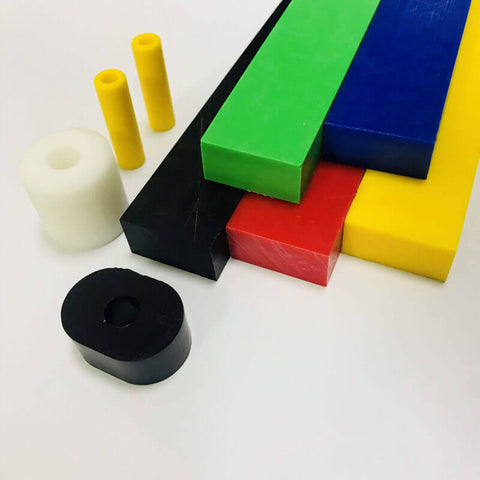
Why POM Plastic's Mechanical Properties Matter
POM plastic finds extensive use in engineering components, consumer products and other applications precisely due to its advantageous mechanical properties. Here are some key reasons why POM's strength, flexibility and hardness characteristics are valued:
- POM's high tensile and flexural strength allow it to substitute metal parts, reducing weight in automobiles, machinery, etc. This enables fuel savings in vehicles.
- The impact resistance and flexibility of POM plastic helps products withstand drops, crashes or sudden forces without fracturing. This improves safety and durability.
- The hardness and dimensional stability of POM allows it to be precision-machined into tight-tolerance parts like gears, rollers and bushings. This is vital for smooth functioning of mechanisms.
- POM's unique balance between strength, ductility and stiffness enables versatile applications not achievable with metals or other plastics.
Understanding POM's mechanical capabilities provides engineers the knowledge to create innovative solutions. This highlights Why are the mechanical properties of POM plastic important across industries.
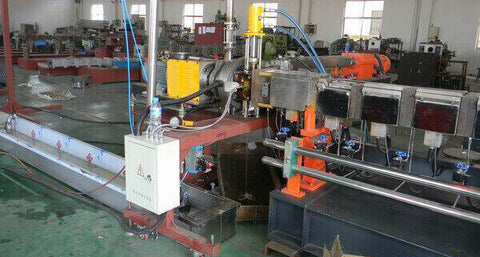
POM Plastic vs. Other Plastics
How do the mechanical properties of POM plastic compare against other common plastics? Here is a brief comparison:
- Versus Nylon - POM has higher tensile and flexural strength than nylon. But nylon demonstrates greater impact resistance and ductility.
- Versus PTFE - POM plastic has significantly higher strength but lower hardness than PTFE. PTFE offers greater chemical resistance.
- Versus PVC - POM exhibits superior strength, hardness and creep resistance compared to PVC. But PVC has better fire retardance.
- Versus Acrylic - Acrylic plastics are more impact resistant but have much lower strength than POM.
- Versus ABS - ABS has higher impact strength while POM provides greater tensile and flexural capabilities.
This comparison of properties helps determine the right material for specific requirements, based on POM plastic vs other plastics in terms of mechanical properties.
Conclusion
POM plastic provides an exceptional combination of high tensile strength, excellent impact resistance, good dimensional stability and heat resistance. These mechanical properties establish POM as a versatile engineering plastic suitable for the most demanding applications.
By understanding the key measures like hardness, flexural modulus and compressive strength that define POM’s capabilities, manufacturers can better leverage its potential. Businesses seeking lightweight yet strong plastic parts will find POM to be an ideal material for their needs. I hope this deep dive has provided meaningful insights into POM plastic’s mechanical properties for your application!
Additional Sections
POM Plastic Safety
Like any industrial material, POM plastic also demands certain safety precautions. POM plastics are combustible and release formaldehyde fumes when burned. Machining POM produces fine dust that should not be inhaled. Appropriate ventilation must be ensured when working with POM. Workers handling POM should wear personal protective equipment like masks, goggles and gloves. With proper safeguards, POM plastic presents no significant health or environmental risks.
FAQs
What are some common applications of POM plastic?
POM is widely used in auto parts like gears, pulleys, door locks, seat belt components and engine mounts. It also sees major use in consumer products like power tool casings, plumbing fittings, zippers, ballpoint pens, toothbrushes and kitchenware.
Does POM plastic get brittle over time?
POM has excellent long-term dimensional stability and does not become brittle with age. Correct molding and minimizing residual stresses during machining ensures POM retains its properties over decades.
Can POM plastic withstand outdoor use?
Yes, POM can withstand long-term outdoor use. But prolonged UV exposure can degrade POM over time, so UV stabilizers are added for outdoor applications.
Is POM plastic resistant to chemicals?
POM offers good resistance to alkalis, oils, fats and alcohols. But it can be degraded by strong oxidizing acids, ketones and esters. Chemical compatibility must be evaluated before using POM.
Does POM plastic require any special maintenance?
POM does not need special maintenance but should be kept clean and dry. Periodic inspection for wear and replacement of worn parts can help maximize service life. Lubricating POM parts facilitates smooth operation.
